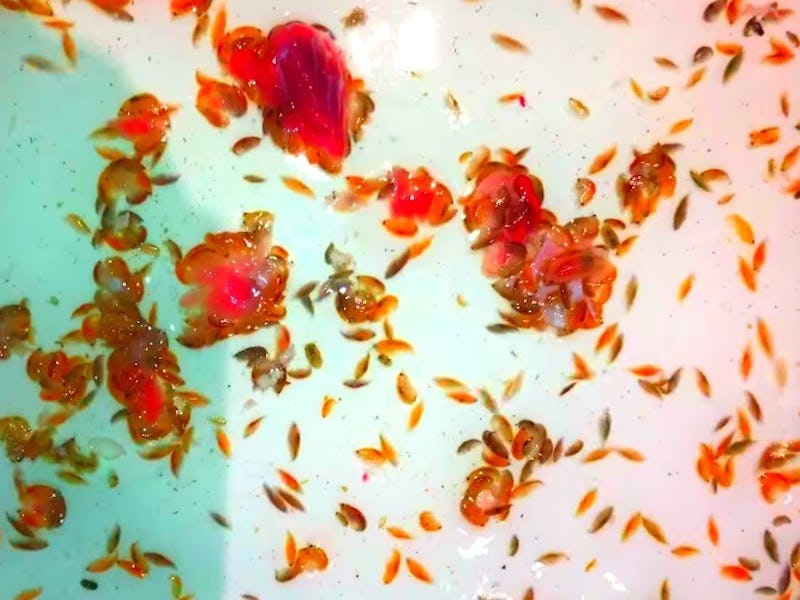Mystery Sea Bugs Behind Australia's Flesh-Eating Attack Revealed
They recently chewed up a local teen's legs.

Australia is widely known to be a Scooby-Doo-shaped portal to hell. Just ask those who have survived bites by its snakes and spiders, which are the deadliest in the world. Or maybe ring the innocent teen who, on August 5, emerged from a quick dip in the ocean hemorrhaging torrents of blood.
According to local reports, “mystery sea creatures” devoured the feet and legs of 16-year-old Sam Kanizay after he waded into the water off the coast of Melbourne, a southern Australian city that looks out toward the island of Tasmania. At first, Kanizay’s physicians thought his injuries were an unusual case of starved sea lice bites.
But marine scientists who studied a sample of the biters have now identified them as lysianassid amphipods, or sea fleas, as they announced in a press release on Monday.
Bloodthirsty sea fleas have special teeth designed to shred meat. It’s these incisors that make them different from parasitic sea lice, the marine isopod that was first blamed for the attack. While sea lice can certainly suck blood, they tend to leave pin pricks in the skin, not deep, long scratches.
Even then, sea fleas don’t tend to focus on humans. Instead, they feed on dead fish, serving more or less as the vultures of the sea. “It was just unlucky,” marine biologist Genefor Walker-Smith said in a statement. “It’s possible he disturbed a feeding group, but they are generally not out there waiting to attack like piranhas.”
What’s more, the amount of blood loss Kanizay experienced is unexpected, even for vicious sea fleas. Walker-Smith believes this particular species of sea flea may have come equipped with its own anti-coagulant, which would prevent blood for clotting, according to Ars Technica.
In an interview with the New York Times Alistair Poore, Ph.D., a marine ecologist at the University of New South Wales, hypothesized that there was an unusually large amount of dead fish in the water near the Melbourne beach that Kanizay went to. The dead fish, he proposed, could have brought with them hundreds of blood-sucking parasites, which got hungry when their dead hosts’ bodies were all used up.
Kanizay is expected to be just fine, but remained at the hospital for observation. Experts say what happened to him is a fluke and there’s nothing to worry about. But this isn’t the first time something like this has happened. In 2015, an Australia father-sun do had their legs chewed up on an Australian beach just a few miles away from this week’s bloody event. They suspected it was a case of sea lice, but it doesn’t appear to have been confirmed by a lab test.